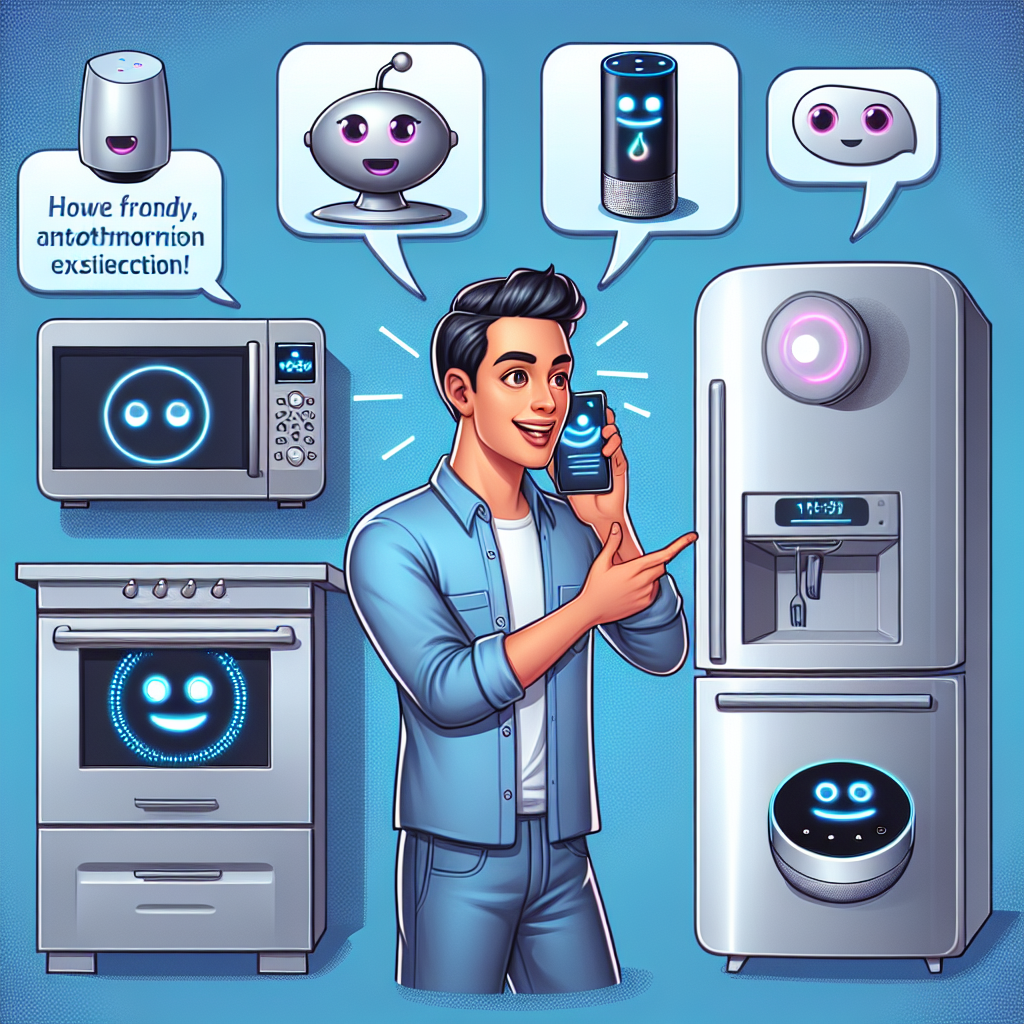In today’s fast-paced business environment, the difference between thriving and merely surviving often comes down to how efficiently you can scale your operations. Enter AI SaaS creation platforms – the game-changing tools that are revolutionizing how entrepreneurs, small businesses, and developers approach their daily challenges.
These platforms aren’t just another tech trend; they’re becoming essential infrastructure across industries. Why? Because they address the universal pain points of wasted time, technical bottlenecks, and scaling difficulties that plague organizations of all sizes.
Recent data shows that businesses implementing AI-powered SaaS solutions report up to 38% increase in profitability, according to Accenture. This isn’t surprising when you consider how these platforms transform operations from the ground up. For individual entrepreneurs juggling multiple roles, small teams stretching limited resources, and developers seeking efficiency, AI SaaS creation platforms offer a compelling proposition: do more with less, faster and better.
Breaking Down Barriers with Low-Code Development
Low-code development environments are revolutionizing how we approach software creation by removing technical barriers that once limited innovation to those with coding expertise. These platforms use visual interfaces, drag-and-drop components, and pre-built templates that allow users to create powerful applications with minimal coding knowledge.
“Low-code platforms promote the democratization of software development, allowing non-technical staff to participate in creating solutions to business problems,” explains a software development expert. This democratization is particularly valuable for small businesses that can’t afford specialized development teams but need custom solutions to remain competitive.
For the marketing manager who needs a customer data dashboard, the HR professional who wants to streamline onboarding, or the entrepreneur tracking inventory, low-code platforms provide the tools to build exactly what they need without waiting for IT support. This accessibility is transforming traditional work hierarchies and empowering employees at all levels to contribute to digital transformation initiatives.
The low-code revolution is also speeding up innovation cycles dramatically. Projects that once took months can now be completed in weeks or even days, allowing businesses to respond more nimbly to market changes and customer needs. This acceleration is crucial for startups and small businesses that need to pivot quickly to survive in competitive markets.
Intelligent Collaboration: AI as Your Ultimate Team Member
The modern workplace is increasingly distributed, making effective collaboration more challenging—and more essential—than ever before. Intelligent collaboration tools powered by AI are filling this gap, serving as the digital glue that keeps teams connected and productive regardless of physical location.
AI-driven collaboration platforms go far beyond simple document sharing or video conferencing. They actively enhance how teams work together by automating administrative tasks, providing contextual information, and even offering insights that might otherwise be missed.
Consider automated scheduling assistants that eliminate the back-and-forth emails typically required to coordinate meetings. These AI tools analyze everyone’s availability, suggest optimal meeting times, and even learn preferences over time to make increasingly accurate recommendations. Some platforms can automatically generate meeting agendas based on previous discussions and assign action items by analyzing conversation content.
Project management has also been transformed by AI collaboration tools. Platforms now offer predictive analytics to identify potential bottlenecks before they occur, automatically reassign tasks when deadlines are at risk, and provide real-time progress visualization that keeps everyone aligned on goals and timelines.
One particularly valuable aspect of these tools is their ability to create institutional knowledge bases that preserve and share expertise across an organization. AI systems can identify valuable insights from team communications, organize them into searchable resources, and suggest relevant information to team members working on similar challenges.
For small businesses and startups where each team member wears multiple hats, these intelligent collaboration tools ensure that nothing falls through the cracks while maximizing the impact of limited human resources.
Customizable AI Digital Workers: Your Tireless Assistants
These AI assistants can be tailored to perform specific functions across departments—from managing customer inquiries and processing invoices to monitoring inventory levels and scheduling social media posts. Unlike rigid automation systems of the past, today’s AI digital workers can be customized to align perfectly with your unique business processes.
The impact on workflow efficiency is substantial. Tasks that once consumed hours of employee time are now handled automatically, allowing your human talent to focus on strategic thinking, creative problem-solving, and relationship building—the areas where humans still far outshine machines.
A particularly powerful aspect of AI digital workers is their adaptability. As your business processes evolve, these digital assistants can be quickly reconfigured to meet new requirements without the extensive reprogramming traditional automation would require. This flexibility is especially valuable for growing businesses whose needs change rapidly as they scale.
At Zygote.AI, we’ve seen firsthand how customizable digital workers transform operations for our users. Small marketing agencies use them to automate content calendars and performance reporting, e-commerce businesses deploy them for inventory management and customer service, and consultants leverage them for client onboarding and document preparation—all without writing a single line of code.
Personal Use AI Products: Your Individual Productivity Multiplier
The AI revolution isn’t limited to organizational applications—it’s also transforming how individuals manage their personal productivity through increasingly sophisticated personal use AI products.
Virtual assistants have evolved far beyond simple voice commands to become genuine productivity partners. They now proactively manage calendars, suggest task prioritization based on personal habits, and even draft correspondence in your distinctive communication style.
Personal knowledge management is another area where AI is making significant inroads. Tools that automatically organize research, generate summaries of lengthy documents, and create connections between seemingly disparate pieces of information help individuals manage the information overload that characterizes modern professional life.
For individual entrepreneurs and freelancers, these personal AI tools effectively provide the support staff they couldn’t otherwise afford. They handle administrative busywork, maintain organization systems, and ensure nothing important slips through the cracks, even when you’re juggling multiple clients and projects.
What makes these tools particularly powerful is their ability to learn and adapt to individual preferences over time. The more you use them, the more accurately they anticipate your needs and adjust their behavior accordingly, creating a truly personalized productivity system.
The Rise of AI Marketplaces: Share, Sell, and Scale Your Solutions
These marketplaces function similarly to app stores, allowing users to discover and implement AI solutions tailored to specific challenges without building them from scratch. For a small accounting firm, this might mean accessing a specialized invoice processing system created by a similar firm that faced and solved the same challenge.
For creators, these marketplaces offer compelling opportunities to monetize their expertise. The consultant who builds a client management system, the teacher who develops an assignment grading tool, or the project manager who creates a workflow automation system can now share these solutions with peers worldwide—either as a community contribution or as a revenue-generating product.
This marketplace approach accelerates innovation by allowing successful solutions to spread rapidly across industries and preventing the constant “reinvention of the wheel” that has traditionally slowed technological adoption, especially among smaller organizations with limited resources.
At Zygote.AI, we believe in fostering this open market ecosystem, where users can easily transform their expertise into shareable or sellable products, creating a virtuous cycle of innovation that benefits the entire community.
AI Agent Technology: Human-Like Interactions Without Human Limitations
AI agent technology represents one of the most transformative developments in the SaaS landscape, enabling systems that can interact with users and other software in increasingly human-like ways while maintaining machine-level consistency and availability.
Unlike traditional software that passively awaits commands, AI agents can proactively identify opportunities, suggest solutions, and even take autonomous actions within defined parameters. This capability is revolutionizing customer support, where AI agents now handle routine inquiries, troubleshoot common problems, and escalate complex issues to human agents only when necessary.
Data analysis is another domain where AI agents excel, continuously monitoring business metrics, identifying significant patterns or anomalies, and delivering insights in conversational language that non-technical stakeholders can easily understand.
What makes modern AI agents particularly powerful is their ability to work across multiple platforms and systems. They can extract information from your CRM, cross-reference it with financial data, check inventory systems, and compile everything into a coherent analysis—all without requiring humans to manually navigate between these different tools.
For small businesses, this integration capability is game-changing, effectively providing enterprise-level system coordination without the enterprise-level IT department typically required to build and maintain such connections.
Streamlining Operations Through Workflow Automation
Modern AI-driven workflow automation goes far beyond simple “if-this-then-that” rules to create truly intelligent processes. These systems can recognize document types, extract relevant information, make context-aware decisions, and route items to appropriate team members—all without human intervention.
The financial benefits are substantial, with businesses reporting cost reductions of up to 30% in process-heavy departments after implementing AI workflow automation. But the advantages extend beyond direct cost savings. Automated workflows also reduce errors, ensure compliance with established procedures, and create detailed audit trails that improve accountability and visibility.
Perhaps most importantly, AI workflow automation scales effortlessly as organizations grow. A process that works for ten customers will work just as smoothly for ten thousand, without requiring proportional increases in staffing or oversight.
At Zygote.AI, we’ve developed workflows that autonomously select topics, write content, generate illustrations, perform reviews, and publish promotional articles—all without human intervention. This level of automation demonstrates the potential for AI to transform how work is done across industries.
User-Friendly AI: Making Advanced Technology Accessible to All
The most sophisticated AI tools are worthless if people can’t or won’t use them. That’s why user-friendly design has become a critical focus in AI SaaS development, ensuring these powerful technologies are accessible to users with varying technical backgrounds.
Today’s leading AI SaaS creation platforms emphasize intuitive interfaces that shield users from underlying complexity while maintaining access to advanced capabilities. Visual programming environments, natural language interfaces, and template-based systems allow users to leverage sophisticated AI functionality without specialized training.
This accessibility is particularly important for small businesses and individual entrepreneurs who can’t afford dedicated technical staff but still need competitive technological capabilities. When anyone in an organization can create and deploy AI-powered solutions, innovation can come from anywhere—not just the IT department.
The best user-friendly AI tools also provide progressive disclosure of features, allowing beginners to start with simple applications while providing paths to more advanced functionality as their expertise grows. This approach ensures users aren’t overwhelmed initially but aren’t limited as their needs evolve.
The Future of AI in SaaS: Trends and Opportunities
Increasingly sophisticated AI will enable more complex autonomous workflows, potentially handling entire business processes from end to end with minimal human oversight. We’re moving toward a world where AI doesn’t just assist with work—it independently completes significant portions of it.
Personalization will reach new heights, with AI systems that adapt not just to individual preferences but to specific contexts and situations, providing different support depending on the user’s current needs and circumstances.
Cross-platform intelligence will become standard, with AI seamlessly operating across the entire technology stack to create integrated experiences that transcend traditional application boundaries.
For businesses of all sizes, the message is clear: embracing AI-driven SaaS solutions isn’t just about staying current with technology trends—it’s about fundamentally reimagining how work gets done. Organizations that leverage these tools effectively will gain significant competitive advantages in efficiency, scalability, and innovation capacity.
The AI SaaS creation platform revolution is just beginning, and the organizations that embrace these tools early will be best positioned to thrive in an increasingly digital and automated future. Whether you’re an individual entrepreneur, a growing small business, or a developer looking to innovate, the time to explore these powerful platforms is now.









